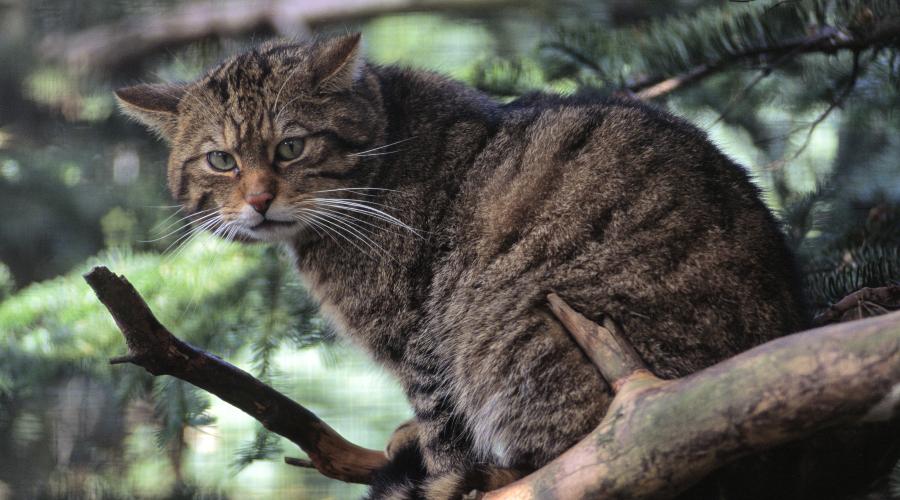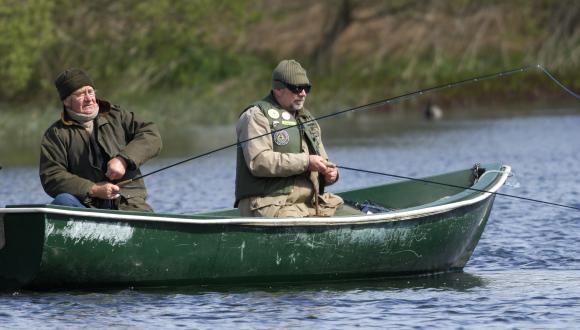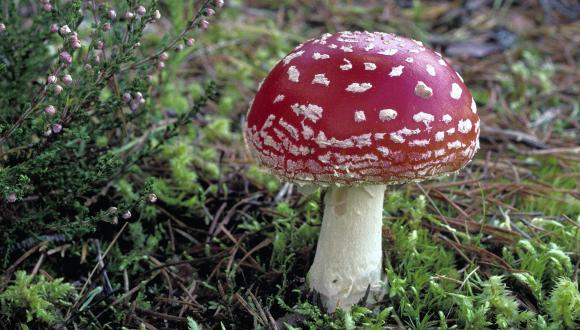
European protected species licensing
Certain animals and plants in Scotland are given strict protection as European protected species.
There is no change to the protection of European protected species as a result of EU Exit.
Find out more about licensing and our European protected species:
- bats
- wildcats
- otters
- beavers
- dolphins, whales and porpoises
- great crested newts and natterjack toads
- sturgeon
- Killarney fern, slender naiad and yellow marsh saxifrage
When European protected species are present, licences to permit works that will affect them can only be granted subject to three strict tests being met.
European protected species licensing tests
Test 1
There must be a licensable purpose for which licences can be granted. The reason for the licence must relate to one of several purposes specified in regulation 44(2) of the Conservation (Natural Habitats &c.) Regulations 1994 (as amended).
Read European Protected Species Licensing: Test 1 – Licensable purpose
Test 2
There must be no satisfactory alternative. Read the following guidance to find out how you must demonstrate this European Protected Species Licensing: Test 2 – No satisfactory alternative
Test 3
The proposed action must not be detrimental to maintaining the species at ‘favourable conservation status’.
In considering this test, NatureScot will take into account any possible impacts of development proposals on the favourable conservation status of the relevant species in its native range.
You must clearly set out all of the mitigation and compensation measures you propose to use to minimise impacts on the species. You should include these details in the supporting information you send with your licence application. Find out more about what to include in the additional guidance below.
We will base our decision on whether the proposed mitigation and/or compensation work is enough to maintain the conservation status of the species concerned.
Additional guidance
Guidance notes for application for a licence for European protected species
Guidance notes on providing supporting information for a licence for European protected species
Contact
If you already have a licence number, include it in the subject line of your email, or have it to hand when you call.





